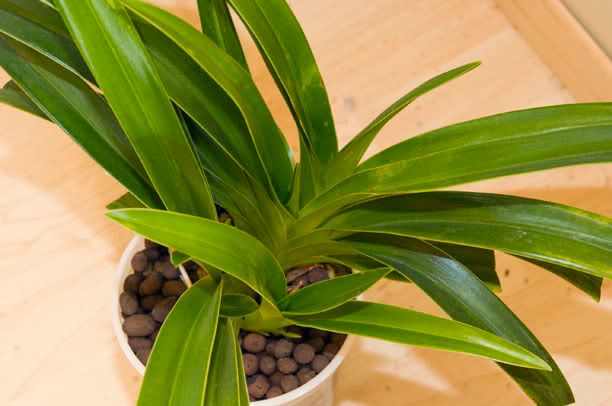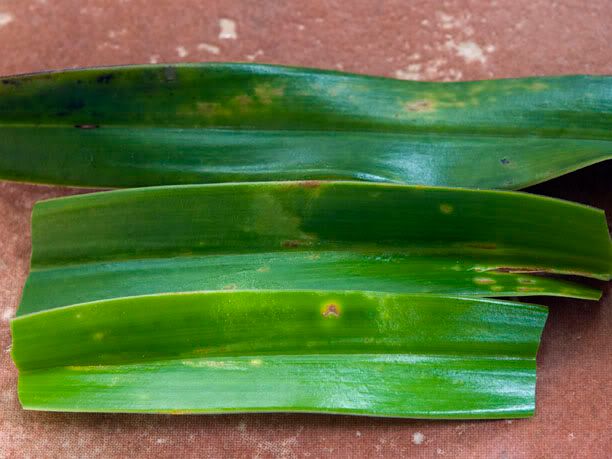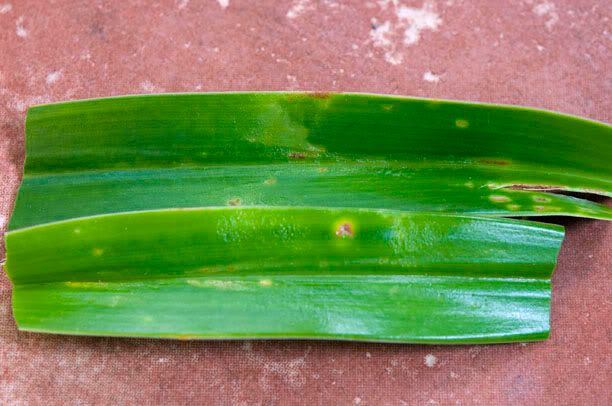A few pictures of a Phrag Grande « Maybrook ». I bought it in spring 2009. I found it suspect at first sight.I disliked the spots and streaks on old and new growth. And the slightly distorted foliage too. But the plant was vigourous.
I only tested it last fall for virus. Positive for CymMV (Cymbidium mosaic virus).
I discarded it.



Many years ago I bought a Phrag percei with very similar spots and streaks on the leaves. I always tought it was suspect. But it died before I was able to test my plants with Agdia tests.
I only tested it last fall for virus. Positive for CymMV (Cymbidium mosaic virus).
I discarded it.



Many years ago I bought a Phrag percei with very similar spots and streaks on the leaves. I always tought it was suspect. But it died before I was able to test my plants with Agdia tests.



